Natural Water Sanctuary Project Okutama with Tokyo University of Agriculture
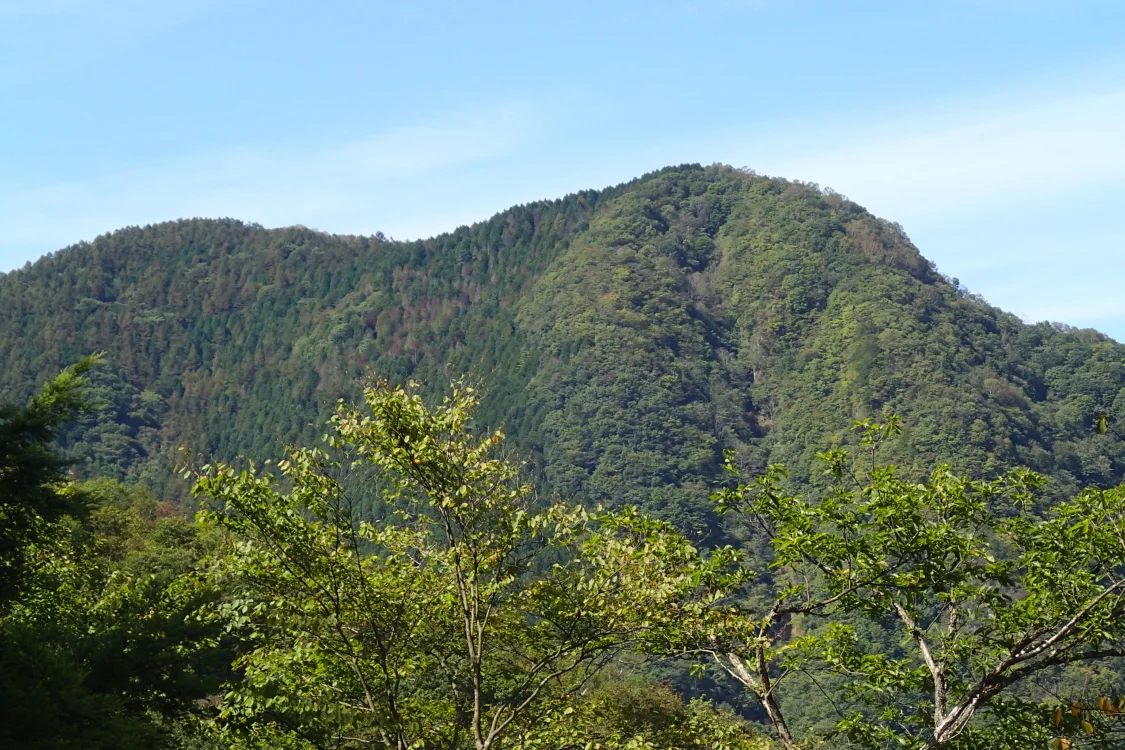
Under our Natural Water Sanctuary Project Okutama with Tokyo University of Agriculture, integrated research and forest management activities are being carried out. The project combines the University’s research and academic expertise with Suntory’s accumulated experience in environmental initiatives to conduct surveys, studies, and forest improvement work.
This page explains the initiatives of our Natural Water Sanctuary Project Okutama with Tokyo Univ. of Agriculture.
- Agreement start date
- October 2011
- Area
- About 116 ha
- Applicable plant
-
Tokyo Musashino Brewery, Suntory Spirits Ltd.
Tamagawa Plant, Suntory Products Ltd.
Activities of Our Natural Water Sanctuary Project Okutama With Tokyo University of Agriculture
Okutama Practice Forest Training Center
The Okutama Practice Forest Training Center serves as a base for research and practical training. A materials archive, built from prized timber donated primarily by alumni across Japan, is also housed on-site. Visitors can experience the texture and quality of the wood materials firsthand.
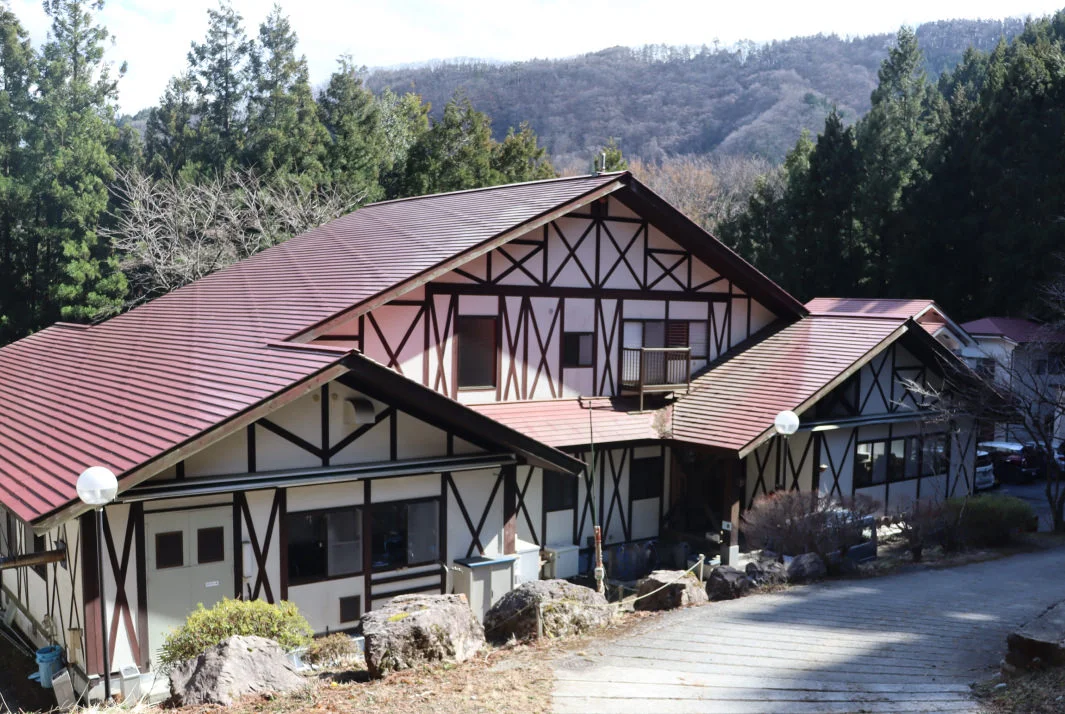
Experts involved in this Initiative

Kazuhiro Yabe
PhD, Professor, Tokyo University of Agriculture
Cutting-edge Research Using Data Measurement
At a weather observation station that monitors the forest and surrounding climate, essential data such as sunlight, temperature, humidity, rainfall, wind speed, and ground temperature are collected.
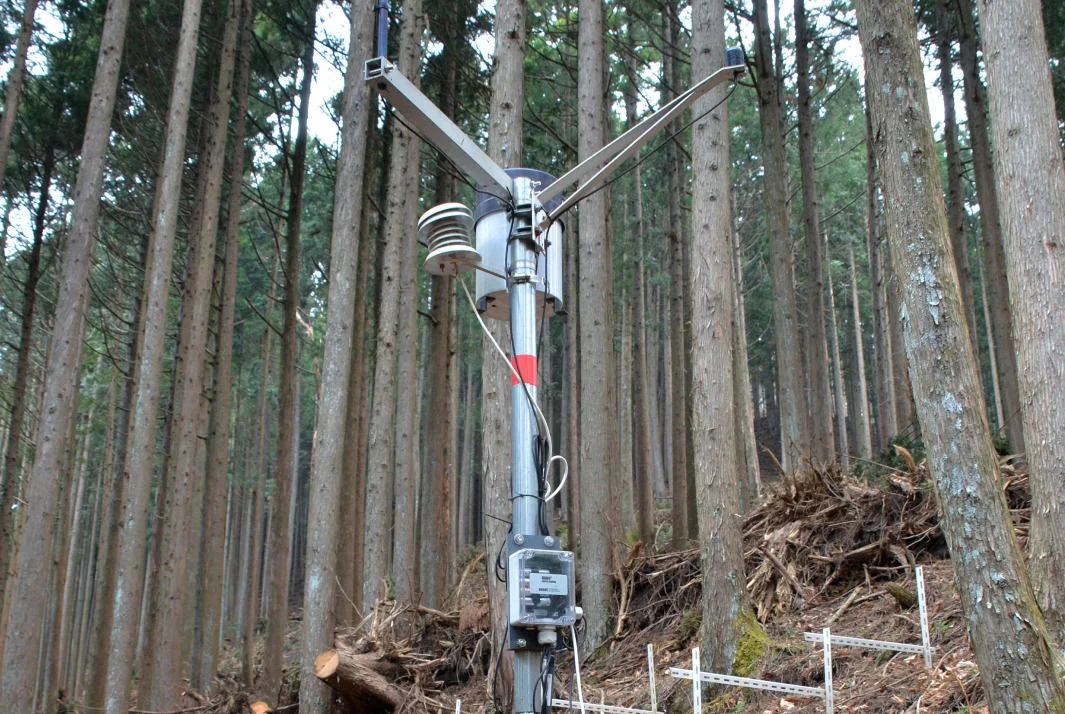
Using a ground-based laser system, OWL*, measurements are taken of tree positions, height, diameter at chest height, and timber volume. The accuracy of the data has been verified, and there are plans to use this OWL measurement technology in other forests. The collected data is also referenced to help select which trees to be harvested.
OWL is a laser-based forest measurement device that generates digital forest data
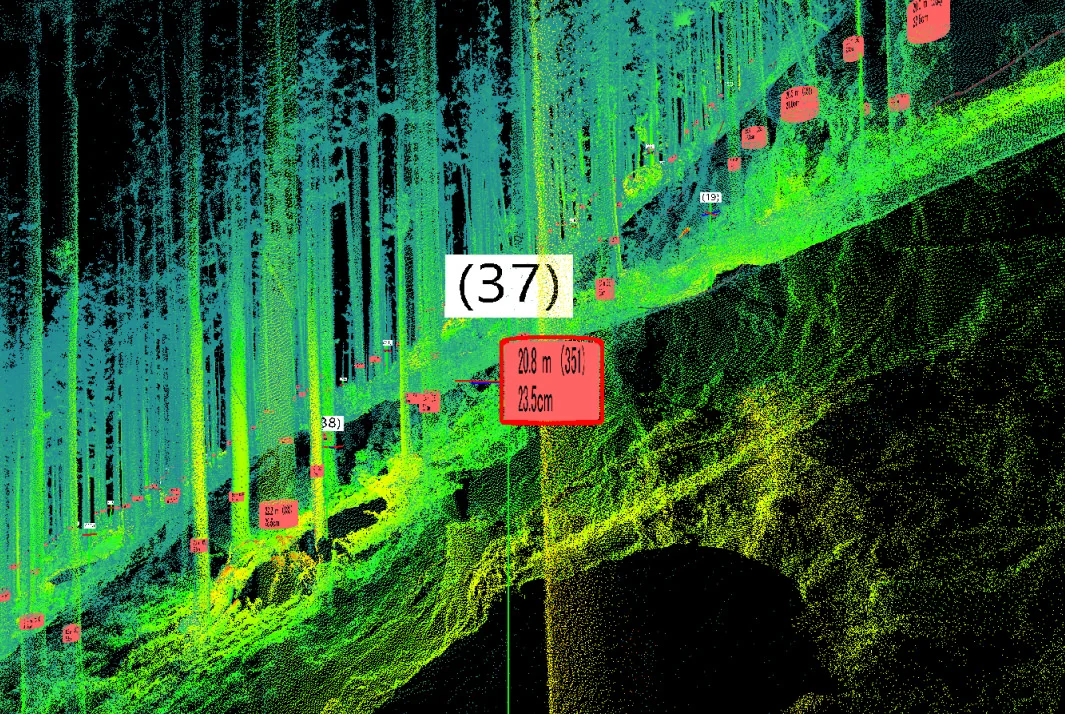
(Image courtesy of AdIn Research, Inc.)
Building Nature-Friendly Logging Roads
To efficiently conduct forest surveys and conservation, and to safely remove trees harvested during management, it is essential to construct logging roads. However, conventional road-building methods often involve large-scale earth moving, which can place a burden on the environment.
Under our Natural Water Sanctuary Project Okutama with Tokyo Univ. of Agriculture, logging roads are built to be environmentally sensitive, durable, and long-lasting, avoiding disruptive techniques

Stones and tree stumps found on-site were used in the construction. On the slopes created along both sides of the logging road, quick-growing mitsumata (Oriental paperbush) shrubs were planted. The roots help prevent soil erosion, and since deer do not favor this shrub, there is little risk of them being eaten.
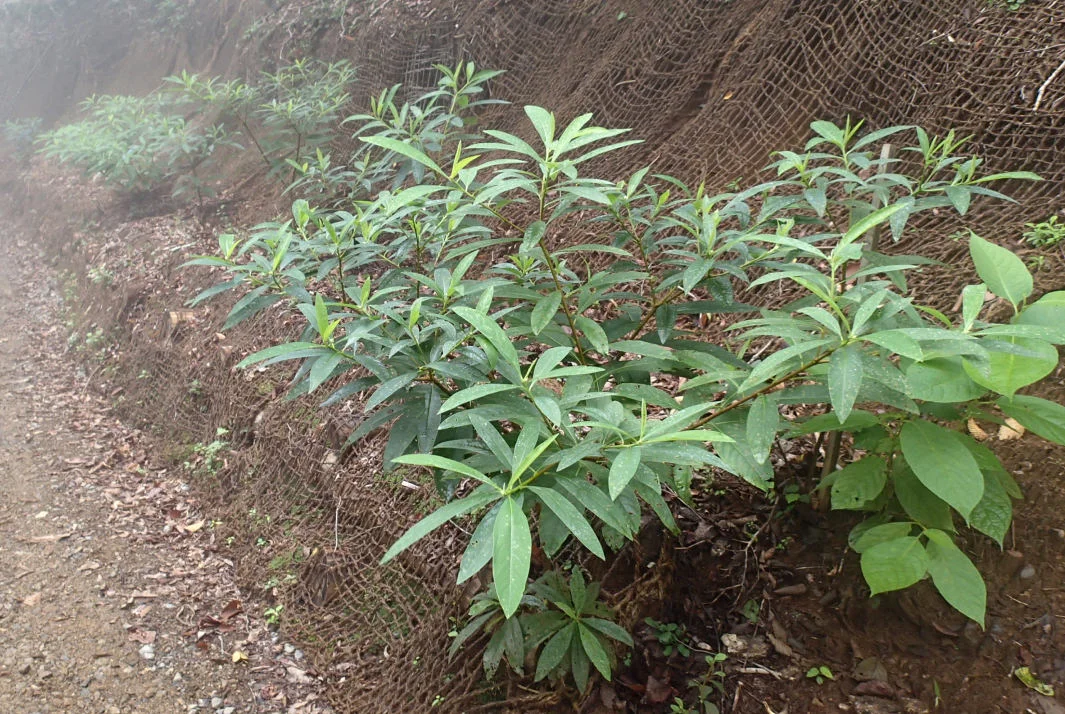
Effective Use of Harvested Trees (Ikurinzai – Timber from Cultivated Forests)
Trees harvested during forest management and other activities in our Natural Water Sanctuaries are known as ikurinzai — timber from cultivated forests — and are effectively used as materials for furniture and construction. Trees harvested as part of the Project Okutama with Tokyo Univ. of Agriculture have been used in the construction of a new research building at the University’s Setagaya Campus.


Artwork Created from Forest Leaves
In autumn, the Tokyo University of Agriculture’s Okutama Practice Forest showcases a variety of trees turning vibrant shades of red, yellow, orange, and brown. Using some of those fallen leaves, beautiful bird artworks have been created to convey the beauty of the forest.
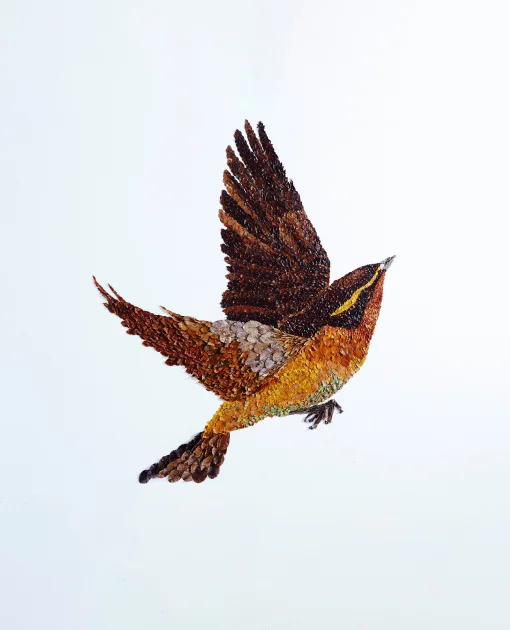
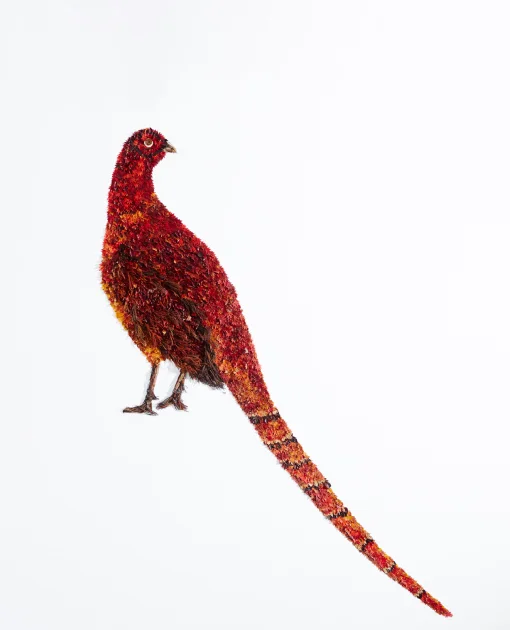
Birds made from forest leaves (Left : Narcissus Flycatcher / Right: Copper Pheasant)
Bird names are listed in accordance with the Check-list of Japanese Birds, 8th Revised Edition.Sanctuary Details
- Location
- Hikawa, Okutama Town, Nishitama District, Tokyo
- Area
- About 116 ha
- Agreement date
- October 2011
- Agreement period
- 30 years
Natural Water Sanctuary Project Okutama with Tokyo Univ. of Agriculture was established to carry out forest management integrated with academic research at the University’s Okutama Practice Forest.
See the list of Natural Water Sanctuaries across Japan
 Home
Home Initiative Policy and Structure
Initiative Policy and Structure Living Things in the Natural Water Sanctuaries
Living Things in the Natural Water Sanctuaries Dedication to Water
Dedication to Water Natural Water Sanctuaries
Natural Water Sanctuaries  Natural Water
Natural Water  Initiative History
Initiative History